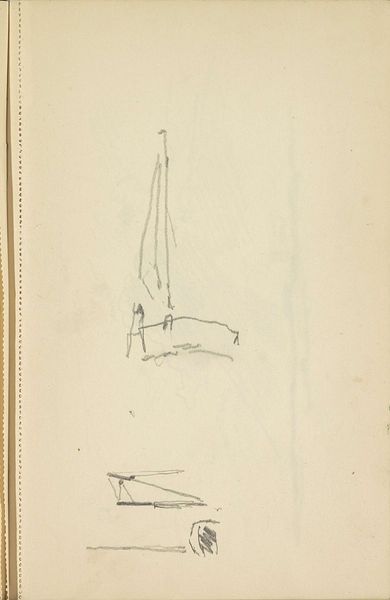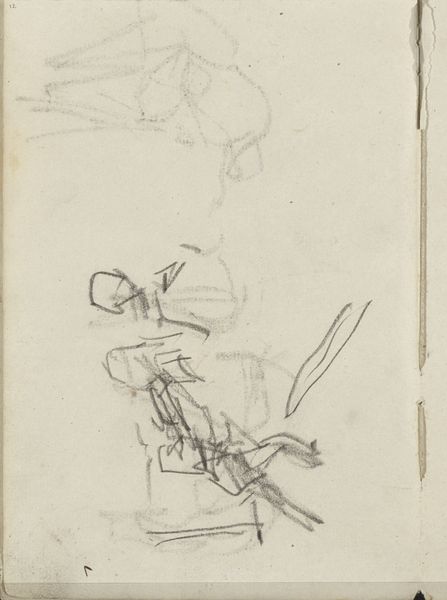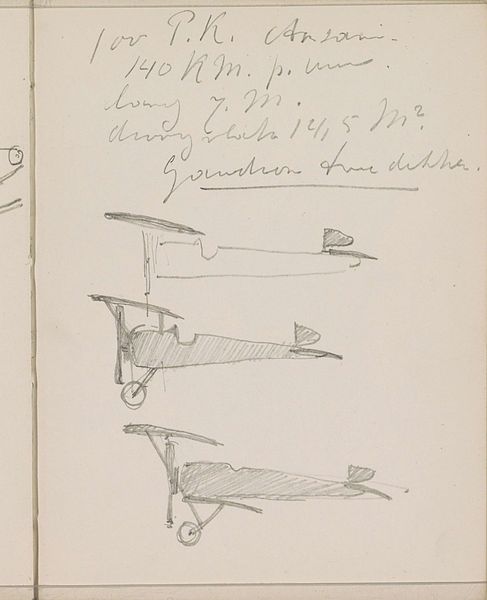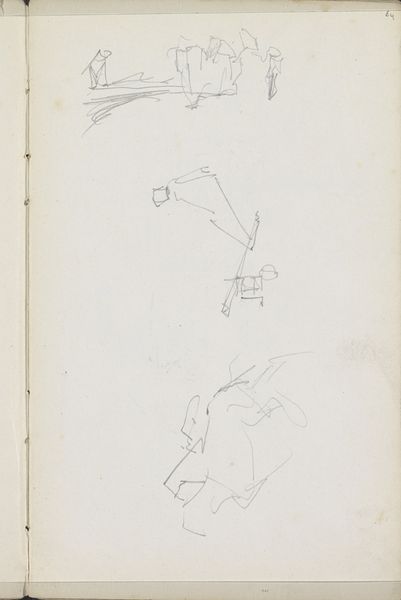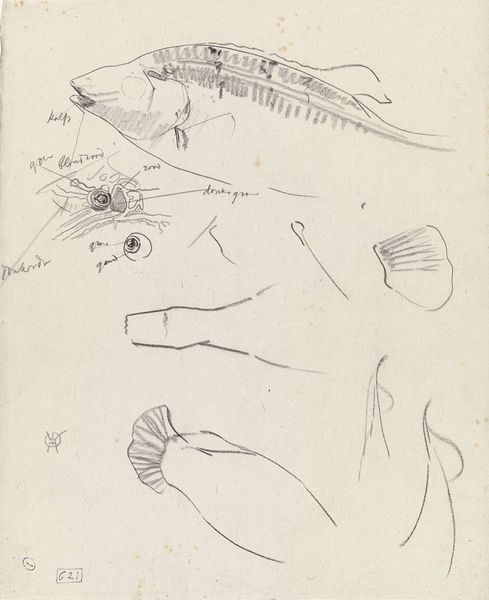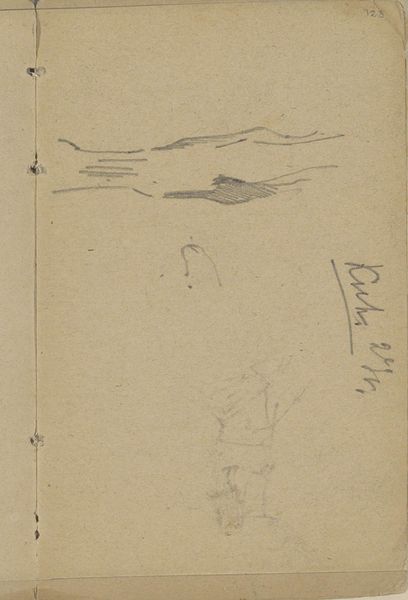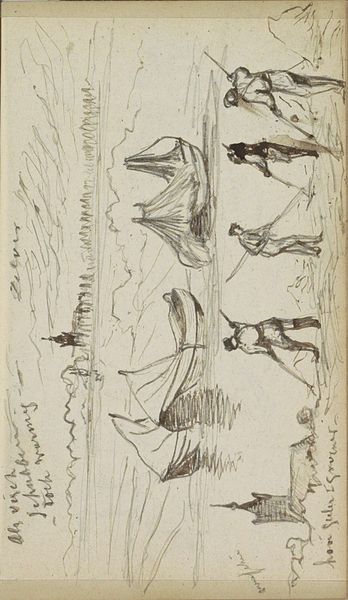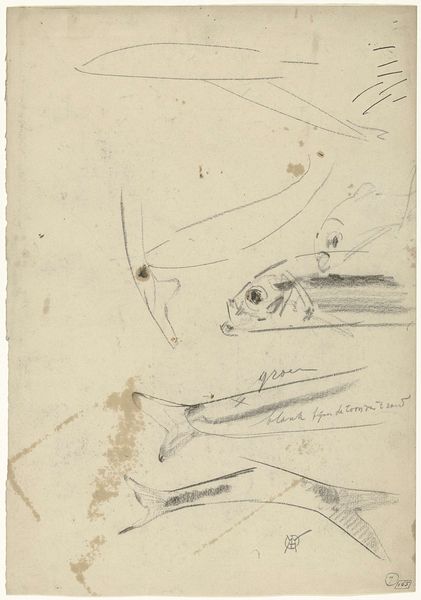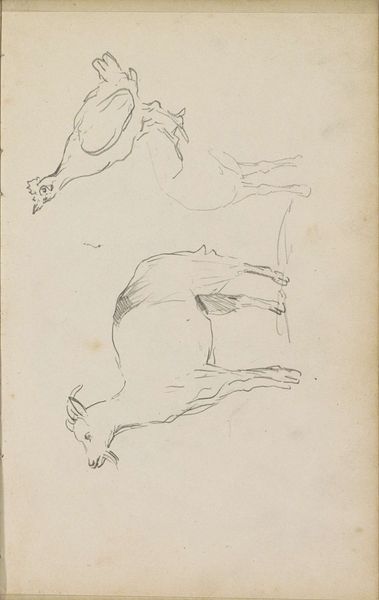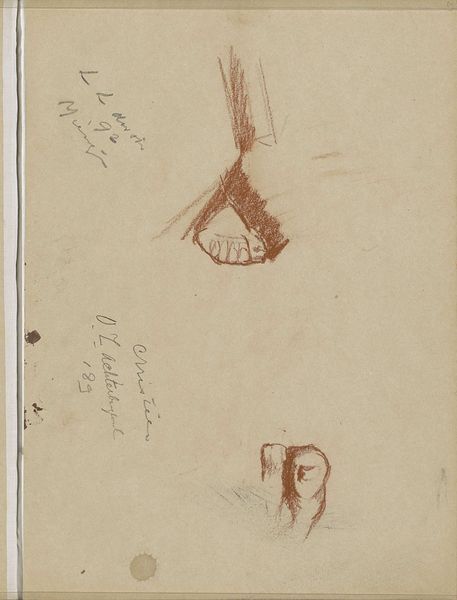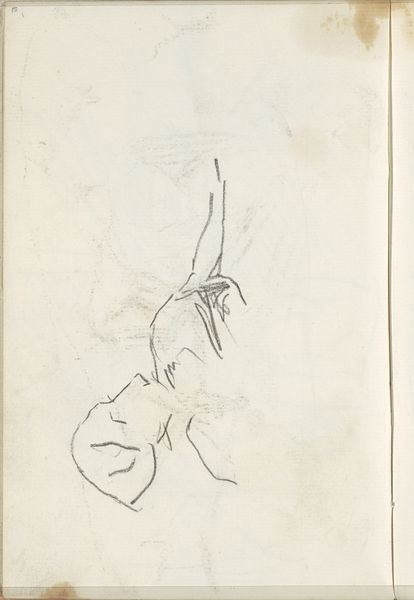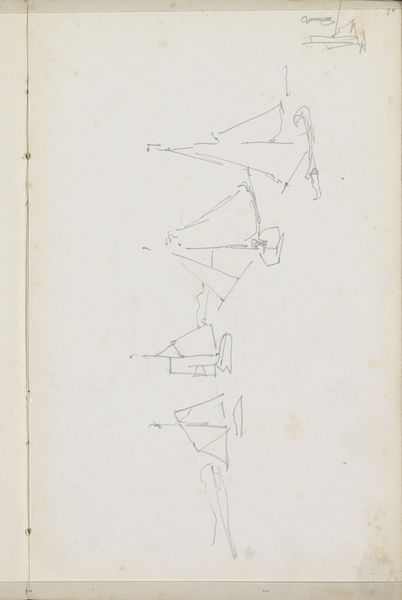
drawing, paper, ink, pencil
#
drawing
#
pen sketch
#
pencil sketch
#
paper
#
ink
#
pencil
#
realism
Dimensions: 170 mm (height) x 140 mm (width) (bladmaal)
Editor: So, this is "Søstjerner," or "Starfish," by Christen Købke, made sometime between 1810 and 1848. It's a drawing using ink and pencil on paper. What strikes me is how simple, almost scientific, it feels, yet the starfish still seem so full of life. What do you see in this piece? Curator: I see echoes of older traditions. Think of medieval bestiaries, where animals were depicted not just for scientific accuracy, but as symbols, carrying moral and spiritual weight. What could the starfish, so carefully observed, signify to Købke? Consider the starfish as a symbol of resilience, regeneration. Each arm connects to a central source, suggesting a form of unity or interconnectedness, but also evoking the cyclical nature of life, death, and rebirth. Editor: That's fascinating! I hadn't considered that angle. I was focused on the realism of the drawings, the artist's close observation of nature. Do you think the realism detracts from potential symbolism? Curator: Not at all! Realism can *enhance* symbolism. Think about how Dutch still life paintings, seemingly realistic, were packed with symbolic meaning. Købke is looking closely, but perhaps he's also searching for a deeper understanding, using the starfish as a lens. The ocean was often seen as a mysterious, almost mystical place, full of hidden knowledge. What personal meaning could he have projected onto the starfish, within that framework? Editor: So it's both observation and interpretation, combined. This has made me see so much more than just starfish; now it evokes an entire world of potential meanings! Curator: Precisely! Images, like dreams, often operate on multiple levels.
Comments
No comments
Be the first to comment and join the conversation on the ultimate creative platform.
